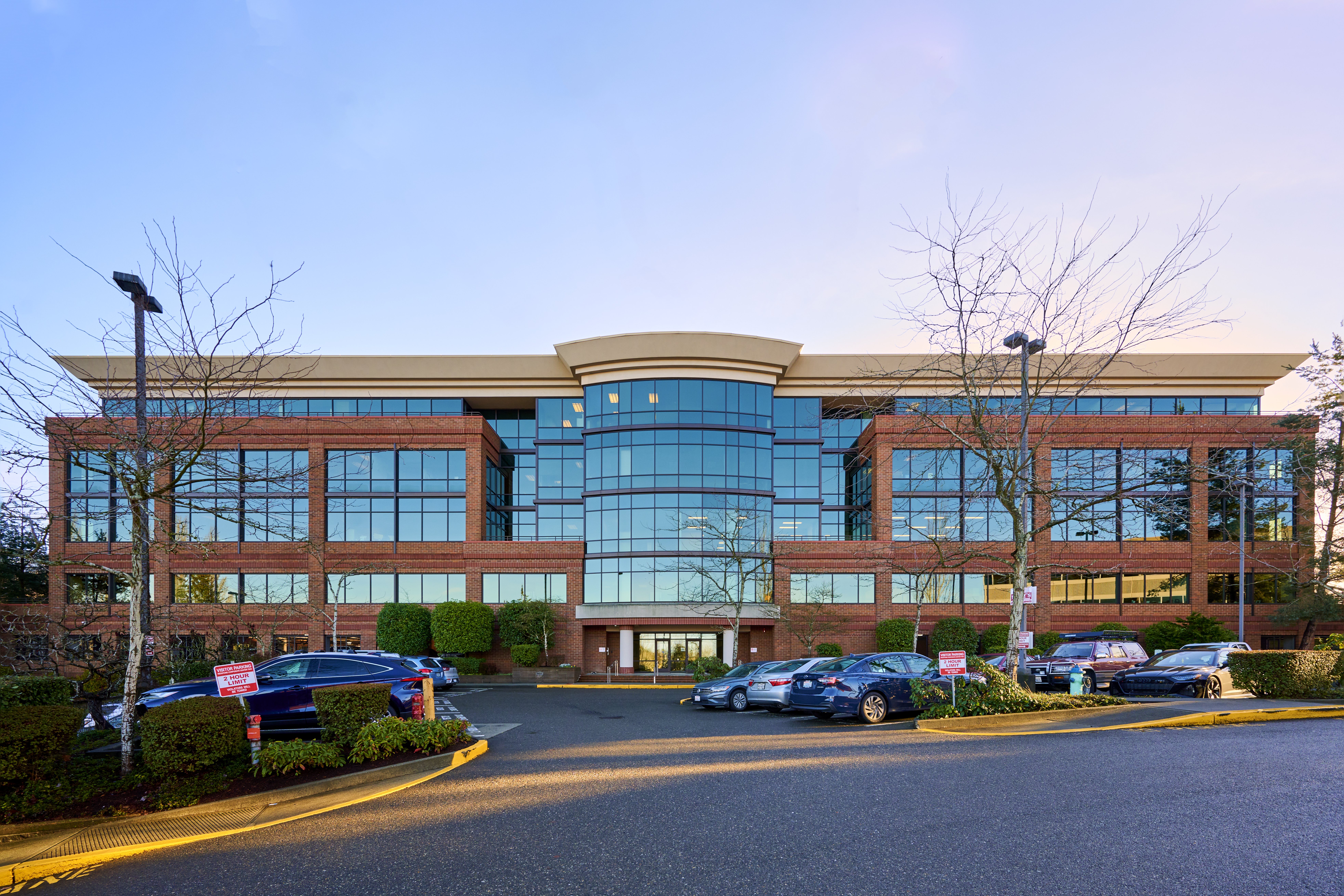Can real estate transition funds get older buildings up to scratch?
Retrofitting momentum is increasing but there’s a long road ahead for brown-to-green building transitions
More real estate transition funds are emerging around the world, aiming to transform an abundance of older, energy inefficient buildings into sustainable spaces.
Several major fund managers, including France’s Ardian and Swiss-based Empira Group, have raised, or are currently raising capital. Their focus is on retrofitting and refurbishing commercial and residential real estate as the race to decarbonize buildings, which account for 40% of global carbon emissions, accelerates.
“There’s clearly growing investor appetite for real estate transition strategies as they recognize the financial, environmental and social benefits in making buildings more sustainable,” says Nidhi Baiswar, Senior Director, Global Sustainability and Climate Leadership at JLL. “These transition funds are successfully raising capital but it’s early days as we wait to see exactly how and where capital, which is mainly value-add and opportunistic, is deployed.”
Many markets around the world are currently struggling with an imbalance between supply of, and demand for, sustainable buildings. Tenants, largely driven by their own ambitious carbon reduction goals, want spaces that support their progress and demonstrate proof of commitment to employees, shareholders and customers.
Investors are increasingly taking note. According to JLL’s 2024 UK Capital Markets Outlook, 50% of investors said occupier requirements are one of the biggest ESG drivers behind decisions to buy or bid on an asset.
Yet JLL research across 20 major global office markets also shows that only 34% of future demand for low carbon workspace will be met in the next several years.
For buildings that do currently meet the grade on sustainability credentials, JLL calculates that green premiums on rents currently range from around 7% in US cities, to just under 10% in APAC and over 11% in London.
Looking for more insights? Never miss an update.
The latest news, insights and opportunities from global commercial real estate markets straight to your inbox.
Looking beyond prime
While much tenant demand is focused on large spaces in prime locations, much of the action within the growing transition funds market is, for now, eyeing smaller properties in well-connected urban areas. Non-core assets offer an opportunity to demonstrate early successes to investors before scaling up to consider larger, more ambitious projects, Baiswar says.
High vacancy is creating a “blank canvas” for redevelopment of offices, currently the sector going through the most upheaval. But other sectors also offer transition opportunities.
“Office vacancy has of course created an opening for developers – it’s a pretty unique moment in that sense. But we’re seeing transition opportunities across the board, from industrial properties, where there are often helpful long-term owner/tenant relationships in place, to retail parks and multi-let residential,” says Baiswar.
“And some of the transition funds out there right now are highly sector agnostic – broadening their investment horizons to multiple sectors, like proptech and infrastructure alongside real estate.”
Stumbling blocks
But transition, or so-called brown-to-green funds, face stumbling blocks, including finding green building expertise and skills, as well as the right development partners.
“Matching the capital with refurbishment knowledge is a challenge,” says Baiswar. “Opportunities to invest are numerous but finding development partners with a track record is key. It’s why for some, joint ventures are a credible route.”
Australian fund manager Investa last year teamed up with developer Built to form a joint venture aimed at upgrading obsolete offices in both Sydney and Melbourne’s central business districts.
At the same time, inconsistencies in companies’ disclosure and reporting data are adding another layer of complexity.
Investment Opportunities
“Many investors are global in their modus operandi,” explains Baiswar. “That means dealing with an alphabet soup of regulations in multiple jurisdictions. More clarity in Europe, for example, on disclosures for investors will hopefully ease complexity this year.”
Real estate funds body, INREV, has called for new labelling by the EU to replace sustainable finance disclosure regulation (SFDR) articles 8 and 9 sub-categories that are currently in place. Article 8 refers to ‘light green’ funds that promote environmental or social characteristics while article 9 ‘dark green’ describes funds that target sustainable investment.
Data from New Private Markets shows only eight private real estate funds classed as SFDR article 9 have reached a final close since 2018, raising $3.1 billion. In comparison, 34 article 8 real estate funds have closed, raising $25.3 billion.
In London, U.S. manager Fidelity’s article 9 fund has taken on its first project refurbishing a City district building to create more sustainable office space.
“Regulations can help further the performance of transition funds. The better a fund can disclose against compliance with a set of regulations, the more it can promote itself in the market and attract investors,” says Baiswar.
Retrofit urgency
With 80% of today’s office buildings likely to still be in use in 2050, the role that transition funds can play on the road to net zero cannot be understated, says Baiswar.
And retrofitting will require significant investment. JLL’s research Retrofitting to be Future-Fit estimates the cost of retrofitting the office and shopping mall stock across 17 major countries to be close to US$3 trillion.
With many landlords unable or unwilling to spend the sums required to get their buildings up to scratch in time to comply with increasingly stringent regulation, transition funds can fill the gap.
And right now, the tenant demand for sustainable space only strengthens the business case, says Baiswar. “Now and in the next few years there’s a big opportunity to upgrade existing assets to a certain level of performance – while crucially, over time, creating value for the building owners and tenants, and sizeable returns for investors.”
Contact Nidhi Baiswar
Senior Director, Global Sustainability and Climate LeadershipWhat’s your investment ambition?
Uncover opportunities and capital sources all over the world and discover how we can help you achieve your investment goals.




